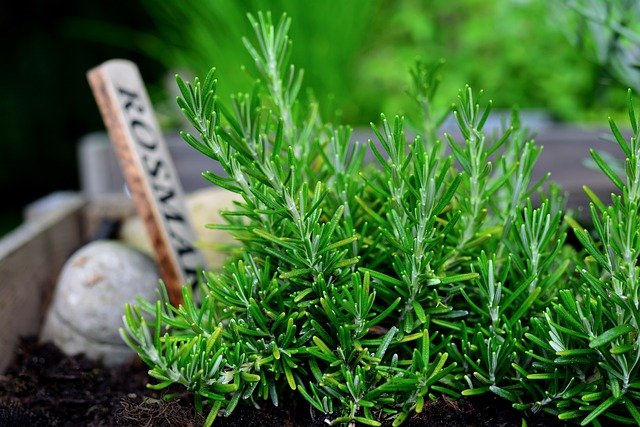Rosemary (Rosmarinus officinalis) is a fragrant, evergreen herb native to the Mediterranean region. Its needle-like leaves and woody stems make it a beautiful and functional addition to any rooftop garden. Rosemary is relatively easy to grow and maintain, making it an excellent choice for urban gardeners. Here’s a comprehensive guide to help you cultivate rosemary on your rooftop garden.
1. Selecting the Right Variety
There are several varieties of rosemary, each with its unique characteristics:
- Common Rosemary (Rosmarinus officinalis): The standard variety, used widely in culinary dishes.
- Arp Rosemary: Known for its cold hardiness.
- Prostrate Rosemary (Rosmarinus officinalis ‘Prostratus’): A trailing variety, excellent for containers and hanging baskets.
For culinary purposes and general use, common rosemary and Arp rosemary are great choices.
2. Setting Up the Rooftop Garden
Containers and Soil:
- Use large pots or containers with good drainage. Rosemary can grow quite large, so ensure the container is spacious.
- Opt for a well-draining potting mix. A blend of potting soil, sand, and perlite or vermiculite works well.
Location:
- Place the containers in a sunny spot. Rosemary requires at least 6-8 hours of direct sunlight daily for optimal growth.
Wind Protection:
- Rooftops can be windy, which can stress rosemary plants. Use windbreaks or place the pots in sheltered areas to protect them.
3. Planting Rosemary
From Seeds:
- Starting rosemary from seeds can be challenging due to low germination rates.
- If you choose this method, start seeds indoors 8-10 weeks before the last frost.
- Sow seeds on the surface of the soil and lightly press them in. Keep the soil moist and warm (around 70°F/21°C). Germination can take 2-4 weeks.
From Cuttings:
- Take a 4-6 inch cutting from a healthy rosemary plant.
- Remove the lower leaves and dip the cut end in rooting hormone.
- Plant the cutting in a pot filled with moist potting mix.
- Cover with a plastic bag to maintain humidity and place in indirect light until roots develop (4-6 weeks).
Transplanting:
- Once seedlings or cuttings are established, transplant them into larger pots or directly into the rooftop garden beds.
- Space plants about 24 inches apart to accommodate their growth.
4. Caring for Rosemary
Watering:
- Rosemary prefers dry conditions. Water thoroughly but allow the soil to dry out between waterings.
- Avoid overwatering, as this can lead to root rot.
Fertilizing:
- Rosemary is not a heavy feeder. Use a balanced, all-purpose fertilizer sparingly.
- Over-fertilizing can reduce the plant’s flavor and aroma.
Pruning:
- Regular pruning encourages bushy growth and prevents the plant from becoming woody.
- Trim the tips of the branches regularly and harvest leaves as needed.

5. Pest and Disease Management
Common Pests:
- Rosemary is relatively pest-resistant but can occasionally attract aphids, spider mites, and whiteflies.
- Use insecticidal soap or neem oil to manage infestations.
Diseases:
- Rosemary is generally disease-resistant but can suffer from root rot if overwatered.
- Ensure proper drainage and avoid overhead watering to prevent fungal diseases.
6. Harvesting and Storing Rosemary
Harvesting:
- Harvest rosemary leaves as needed once the plant is well-established.
- For drying, cut stems before the plant flowers, when the flavor is most concentrated.
Drying and Storing:
- Hang small bundles of rosemary upside down in a cool, dry place with good air circulation.
- Once dried, strip the leaves from the stems and store them in airtight containers away from light and heat.
7. Winter Care
- In colder climates, bring potted rosemary indoors before the first frost.
- Alternatively, provide extra protection by mulching heavily around the base of the plants.
Conclusion
Growing rosemary in your rooftop garden is a delightful endeavor that yields aromatic and flavorful results. With its low maintenance requirements and robust nature, rosemary is an excellent herb for both novice and experienced gardeners. Follow these guidelines to enjoy a thriving rosemary garden and a plentiful harvest year-round. Happy gardening!


Leave A Comment